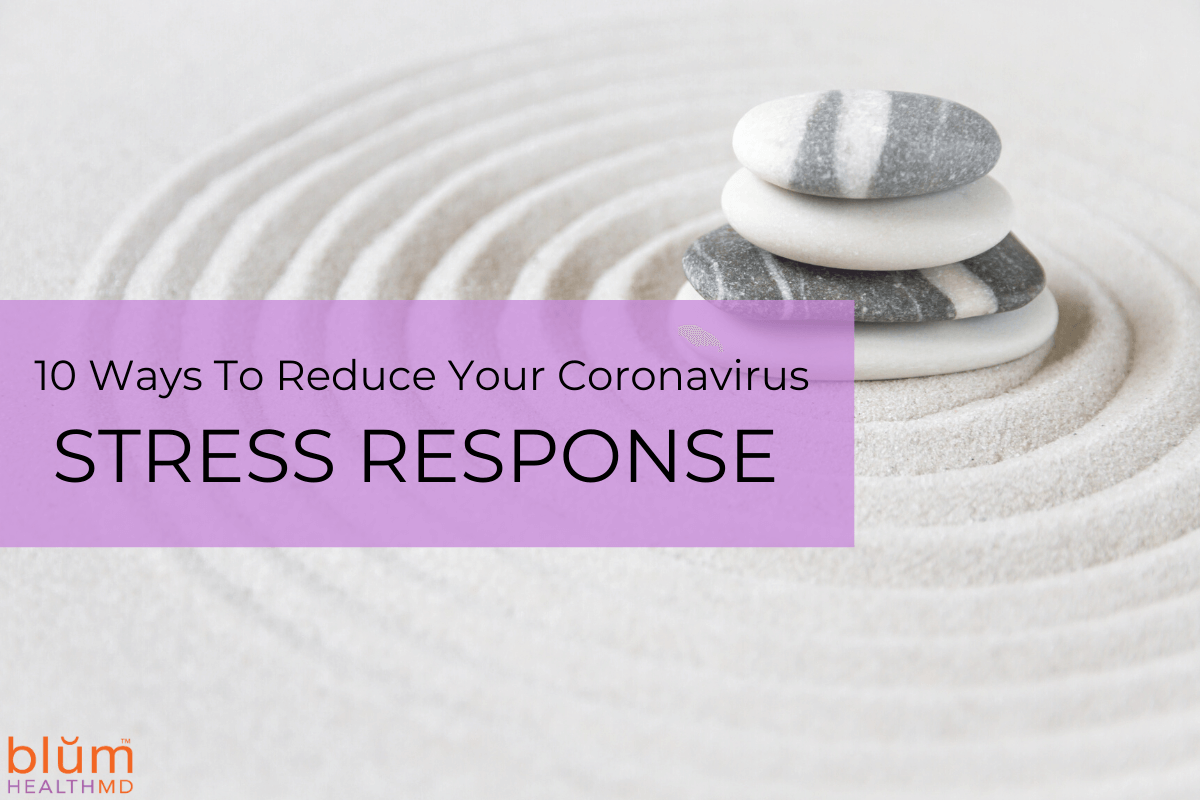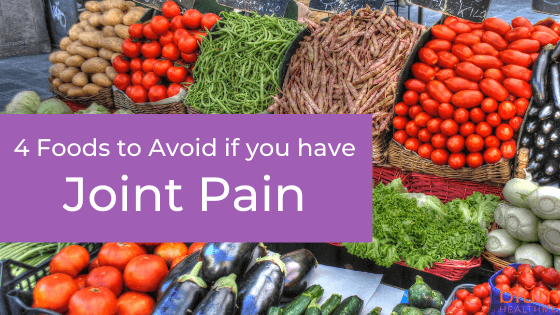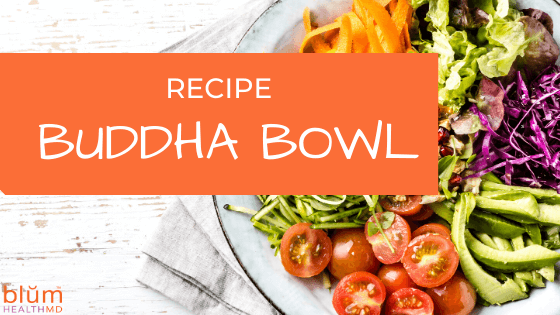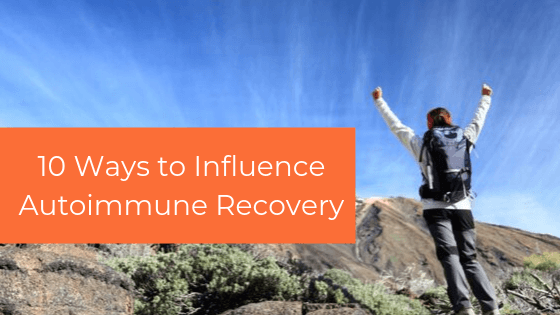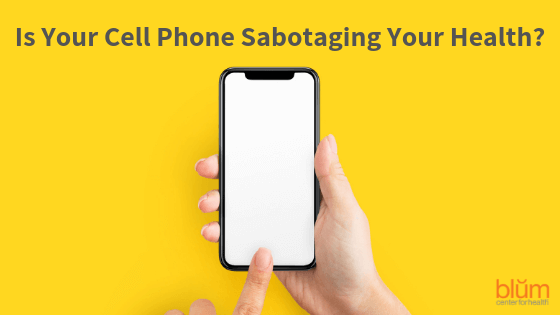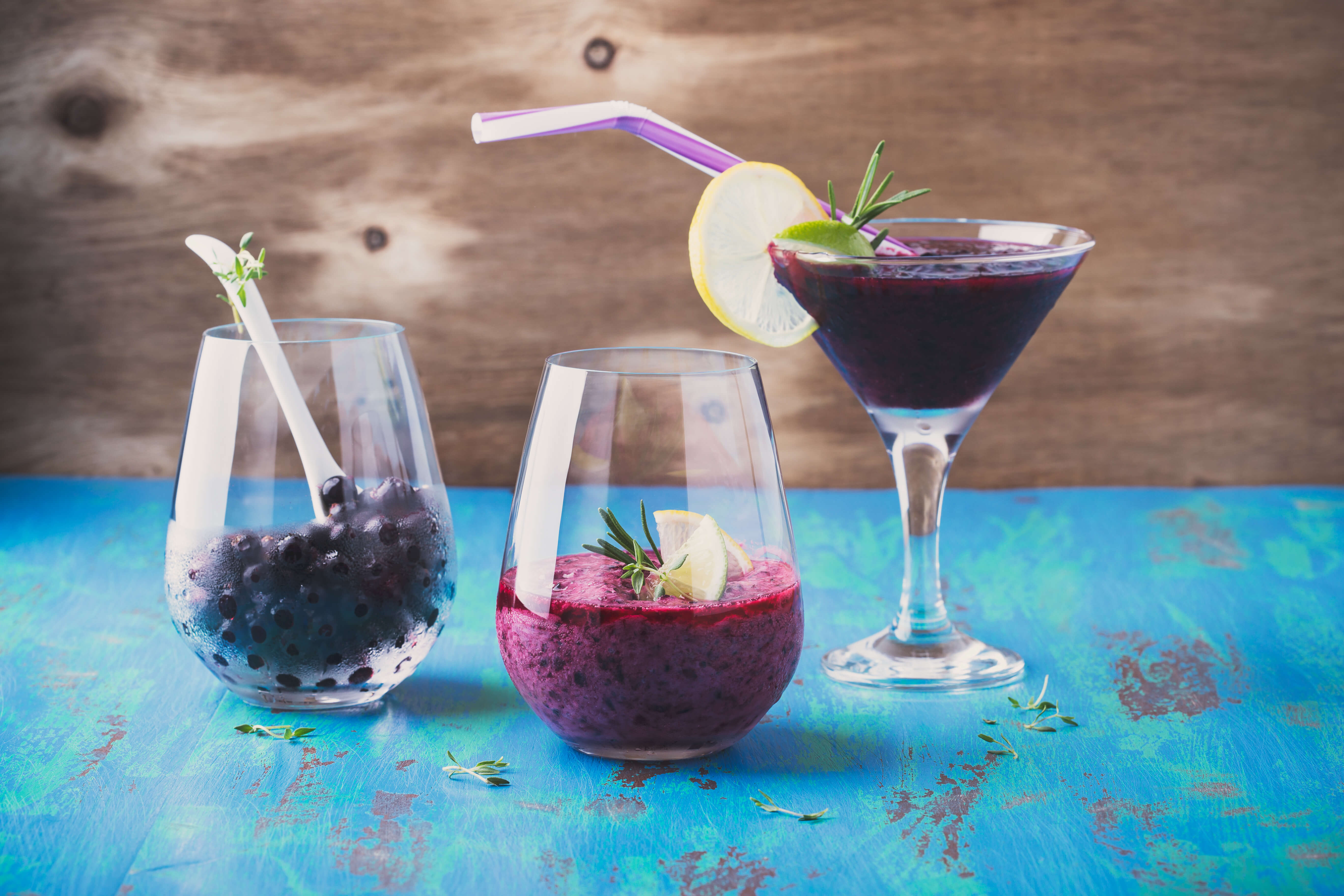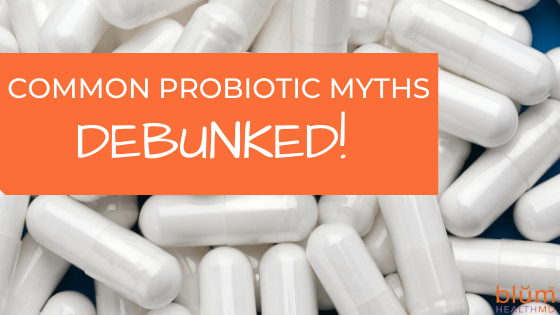
The amount of information found online about probiotics can be mind boggling. Search “should I take probiotics,” for instance, and you’ll likely close your browser none the wiser. There’s a lot of credible information, and there’s equally loads of erroneous information, including “experts” who have extrapolated data from research studies and made umbrella statements that are just plain … wrong.
For instance, many people believe that probiotics are like seeds that plant themselves in the gut and that they are supposed to grow and flourish. In fact, studies show that most probiotics pass through our digestive tract in about 6 weeks. Bloggers, experts and the media picked up this information and, suddenly, a buzz was created that probiotics were useless. This is not true!
Here’s what we know:
Over 100 trillion microbes live in your digestive tract. Most of them are “good” bacteria, but there’s always some “bad” bacteria that live in your gut ecosystem (like weeds in your inner garden), always looking for an opportunity to overgrow and cause an imbalance.
There are about 500 different strains of these microbes (estimates range from 300-1000) and when you take probiotics, you are ingesting just a few of the strains that have been well studied and found to be beneficial to your health. You can eat probiotic foods, such as cultured (yogurt) food or fermented vegetables (kimchi, sauerkraut), or you can take a probiotic supplement, with many different types that vary by the dose and the number of strains that they contain.
What’s most important is that you think about probiotics as influencers on your gut ecosystem. While you take them, they are exerting a tremendous influence without needing them to “plant and grow”. Here’s what we know.
How Probiotics Help You
GUT
Many studies have shown that taking probiotics can alleviate myriad gastrointestinal symptoms, including reducing bloat, gas, diarrhea, and constipation. While the exact mechanism for how they do this has still to be completely worked out, we do know that probiotics help improve the overall balance of the good:bad bacteria, and help heal the intestinal lining. This really matters because a damaged microbiome can give rise to many chronic health conditions, including inflammatory and autoimmune diseases, mental health issues, obesity, increased infections and lowered resistance to viruses.
Here’s the good news: If you have a “leaky”gut (increased permeability of the digestive tract lining), or dysbiosis (too many bad bacteria), probiotic supplements can help restore your gut barrier as they are passing through. They can also help improve the number and function of your own good gut bacteria, and inhibit the growth of the “bad” bacteria. This ability to influence the overall health and functioning of your gut highlights why taking probiotics helps so many people, and why probiotic foods have been around for hundreds of years in many different cultures around the world. Pretty important stuff, right?
INFLAMMATION
Probiotics also play a huge role in helping treat inflammatory conditions like arthritis, and immune system imbalances like autoimmune disease. Think of any condition with -itis at the end — gastritis, colitis, bursitis, diverticulitis, rhinitis, dermatitis — these are all inflammatory conditions. Many of these conditions are related to a damaged microbiome, and leaky gut, where microbes and toxins are leaking through the digestive tract lining into the bloodstream. Yeah, not good, as this triggers a system-wide immune response … inflammation.
Susan Blum, MD, reports in her latest book, Healing Arthritis, that researchers have studied the use of probiotic supplements to treat the dysbiosis (overgrowth of “bad” bacteria) of inflammatory arthritis and found that probiotics improve symptoms in arthritis sufferers. Generally speaking, when it comes to arthritis, probiotics are thought to improve all the functions of your own good flora, including helping T regulator immune cells work better and live longer, turning off inflammation and repairing the gut lining and tight junctions. Because probiotics help treat a leaky gut, and because of the gut-arthritis connection, it follows that they would also treat systemic inflammation and arthritis, and they do!
Probiotics help reduce inflammation by helping the immune system block pro-inflammatory responses that trigger inflammation over time. In other words, probiotics are a must for any one who has an inflammatory condition, and are beneficial for anyone trying to keep inflammation at bay.
IMMUNITY
Did you know that the majority of your immune system resides in your gut? In fact, about 80% of your immune system lives in your digestive tract. With your gut playing such an important role in your body’s ability to defend itself against infection, it’s imperative that your gut microbiome be in tip-top shape.
Your immune system has an innate response and an adaptive response. Innate immunity is an immediate inflammatory response — a signal that your body needs to defend itself from an invader, such as an allergen. Adaptive immunity takes longer to come to fruition. It is the body’s way of developing antibodies to pathogens — for example this is the way a vaccination works. When you consume probiotics, you are directly tuning up your gut-immune system, because the probiotics “talk” to your immune cells as they are passing through. This is like arming your gut to protect you from foreign invaders!
CHOLESTEROL
Studies show that certain probiotics, particularly Lactobacilli, can help reduce cholesterol. They do this by preventing cholesterol from being absorbed, as well by helping to break it down. Evidently, probiotics can bind with cholesterol in the intestines to block it from being absorbed, and they also influence the metabolism of bile acids, which then affects the way that your body metabolizes fat and cholesterol.
MENTAL HEALTH
You’ve likely heard of the Gut-Brain Axis — meaning that neurotransmitters not only reside in your brain, but also live in your gut, and they communicate with one another. Take care of your gut, and you take care of your brain.
In fact, researchers recently found that probiotics improved psychiatric disorder-related behaviors including anxiety, depression, autism spectrum disorder, obsessive-compulsive disorder, and memory abilities, including spatial and non-spatial memory.
Probiotics help your mood and your functioning? Pardon the pun, but this is a no-brainer.
ANTIBIOTICS
Probiotics can also help offset the bacterial imbalance caused by taking antibiotics. Antibiotics kill good bacteria along with the harmful ones, often leading to gas, cramping or diarrhea. These side effects often drive patients to the pharmacy in search of an appropriate probiotic.
What’s perhaps more important, and lesser known, is that frequent or extended use of antibiotics can lead to leaky gut and is implicated as an underlying root cause of autoimmune disease.
Research demonstrates that probiotics strains can act as adjuncts to antibiotic therapy by reducing side effects, protecting the digestive tract lining from leaky gut and they can actually improve antibiotic function.
ORAL HEALTH
Flossing and brushing aren’t the only ways to care for your mouth. Emerging research is demonstrating that the microbiome of the mouth benefits from probiotics. From preventing plaque to fighting bad breath and reducing gingivitis, and even to preventing oral cancer, probiotics are proving to be good for the mouth, too! Pucker up with confidence!
SKIN
Who doesn’t want clear skin? People predisposed to skin conditions, such as acne, eczema or rosacea, tend to flare when their gut microbiome is out of balance. It is well documented that probiotics help prevent and treat skin diseases including eczema, atopic dermatitis, acne, allergic inflammation, skin hypersensitivity, wound protection and even UV-induced skin damage.
Which Probiotic Strains to Take
Look at probiotics and you might be wondering, “How the heck do I know which one to choose?” Great question.
General recommendations call for ingesting 1 to 25 billion colony-forming units (CFUs) daily. To put these guidelines into perspective, most store-bought probiotic yogurts only contain about 1 billion CFUs per serving.
We are now learning that perhaps different strains are effective for different health issues, but research has a long way to go until we can choose a specific strain for a specific condition. Case in point: Studies performed in inflammatory bowel disease suggest that high doses of combinations of different probiotic strains are more effective in decreasing inflammation and maintaining patients in remission than a single probiotic strain. This is one of the reasons that we always recommend multi strain formulas.
For this reason at Blum Center for Health we recommend 25 billion CFUs to best support your gut microbiome. Ours is a hypoallergenic blend of 12 certified probiotic species — a complete spectrum of microorganisms. And, it’s on sale right now! Learn More Here
Ready to improve your gut and improve your health? A probiotic is a great place to start.
Meet Melissa: Melissa Rapoport is the Manager of Health Coaching and Lifestyle Programming at Blum Center for Health in Rye Brook, NY. She combines her graduate work in Developmental Psychology with her education in nutrition, health and coaching to create highly individualized programs that result in lifetime change. A contributing author to three international bestselling books, Melissa’s greatest joy is her relationship with her two daughters.

